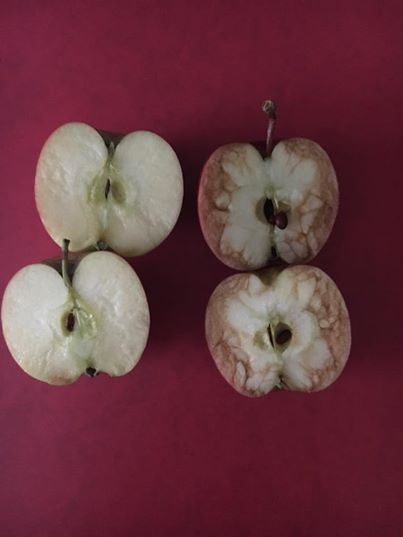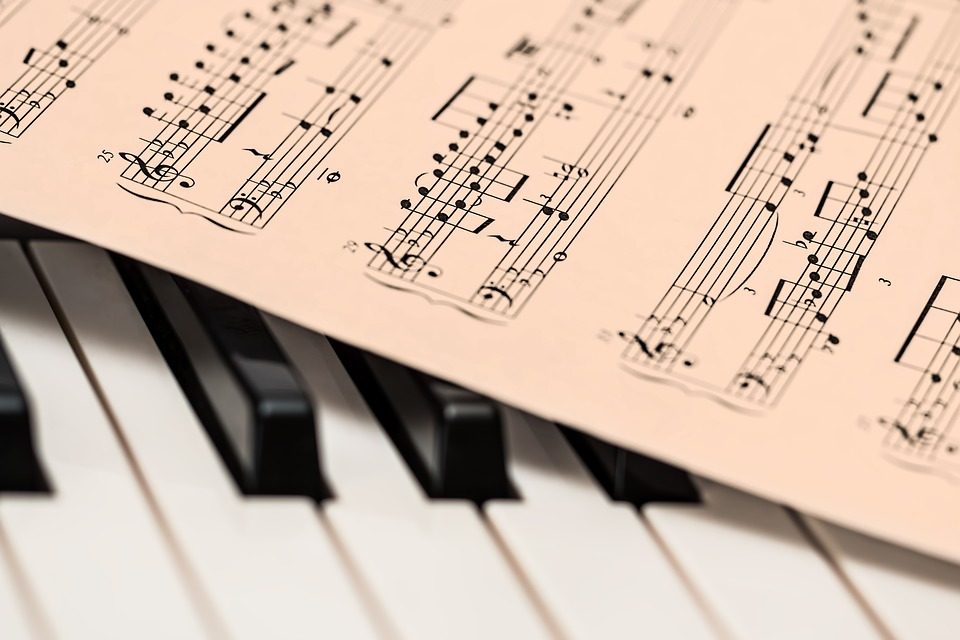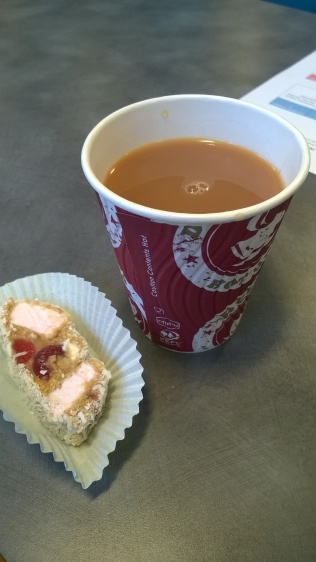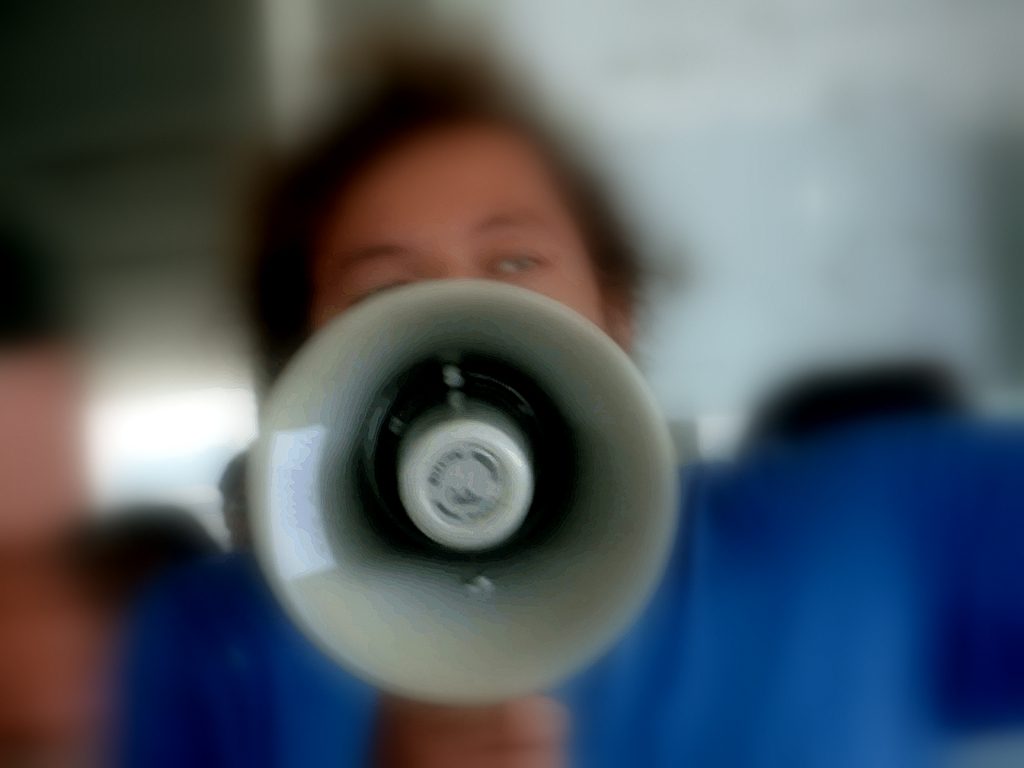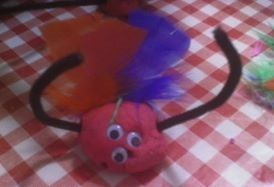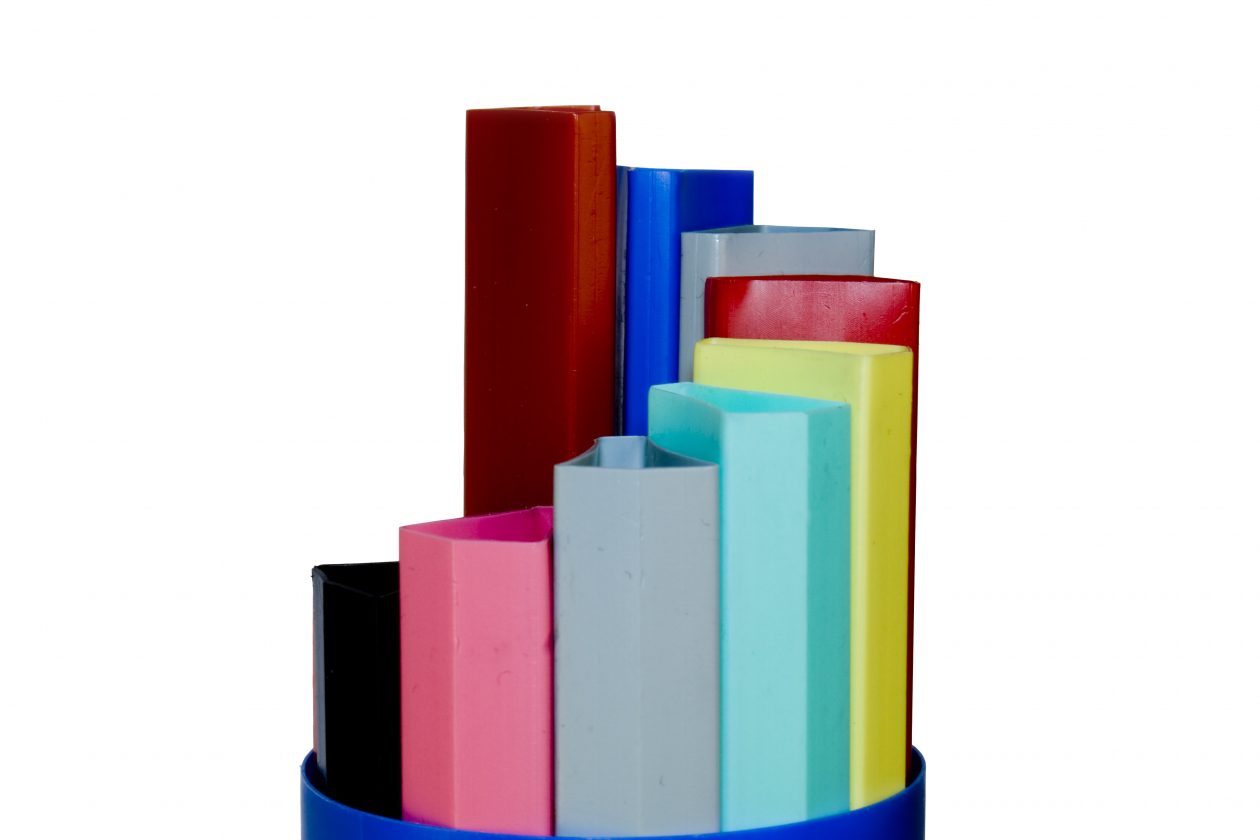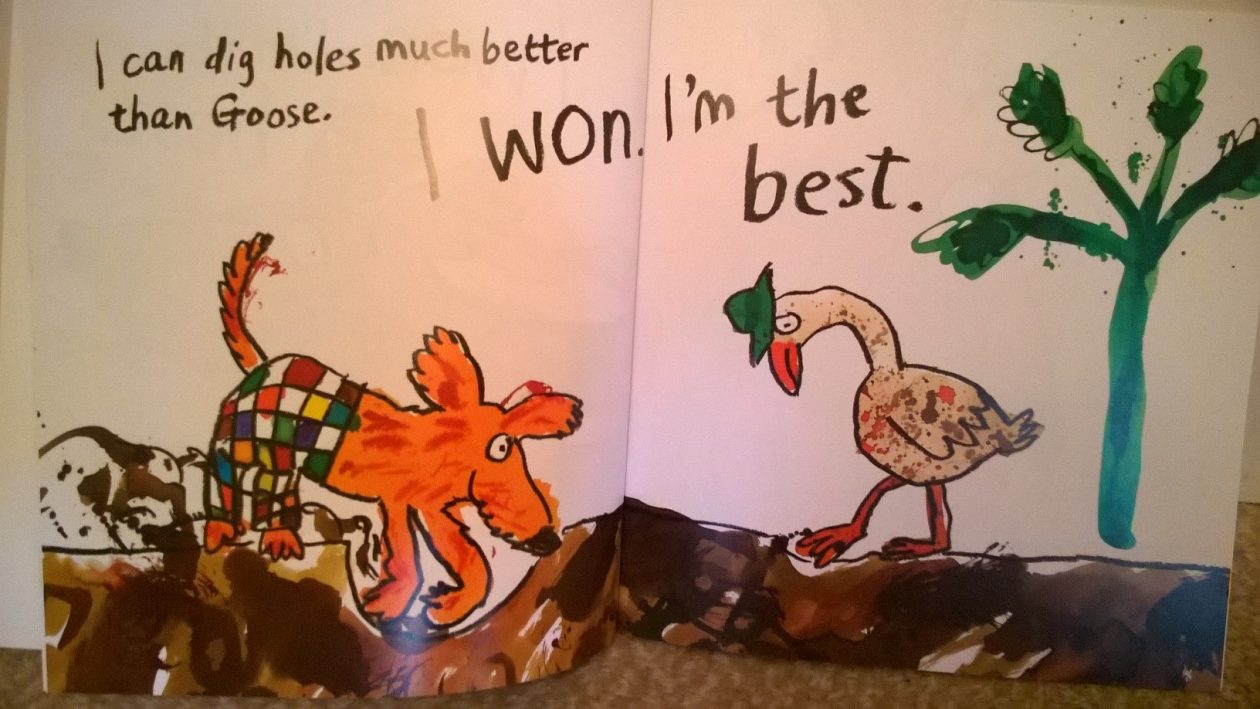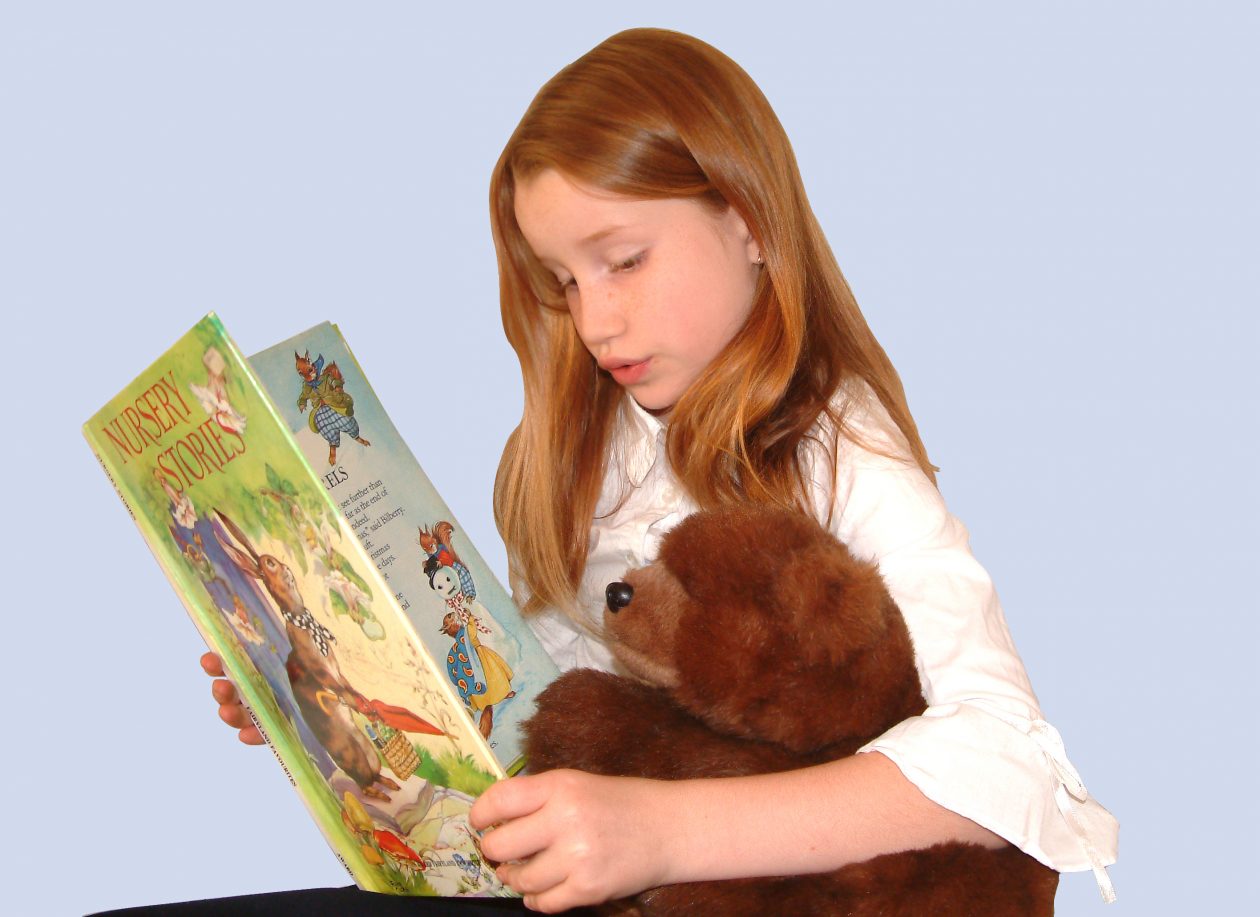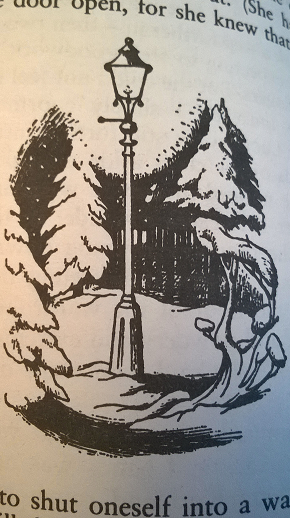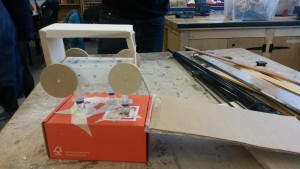I am a huge fan of outdoor learning! I think my passion has mostly stemmed from my experiences working in a nature nursery, where I saw many of the benefits of the outdoor environment for my children. Unfortunately, I see much less outdoor learning taking place in school.
So, what is outdoor learning? Well the Institute for Outdoor Learning put it perfectly in their description:
Outdoor Learning as a purposeful and planned experience in the outdoors. It’s a broad term that includes discovery, experimentation, learning about and connecting to the natural world, and engaging in outdoor sports and adventure activities.

To expand on this, I see outdoor learning as making the most of natural surroundings and resources, it is certainly NOT picking up your worksheets/ puzzles from indoors and taking them out into the garden! Sadly, this is something hat I have seen all too often, from well-meaning practitioners who are not sure about what outdoor learning really is. That’s not to say that there’s no value in taking your indoor learning activities outside – if it’s a nice day and the children will benefit from getting out of the classroom, I completely agree with picking up your books or whatnot and making the most of the sunshine, but it’s important to recognise the difference between this (learning outdoors) to actual outdoor learning.
That brings me to another bugbear of mine – those teachers or practitioners that refuse to take children outdoors if it’s a bit rainy, a bit cold, or a bit muddy! My favourite saying is “there’s no such thing as bad weather, only inappropriate clothing!” (a quote which has been attributed to various different authors). This aversion to taking children outdoors appears to be quite common at this time of year, and I wrote a little about it on my Early Years blog – “Now that the weather’s turning cold”. On the other hand though, health and safety must be a concern. At the nursery where I used to work, the one type of weather that would keep us indoors was high winds, due to the numerous trees around us and the danger of falling branches. Other than that, rain or shine, we were outdoors!
Health and safety is an important consideration when taking learning outside of the classroom. Firstly, ratios must be adhered to. The NSPCC provides the following recommendations for adult: child ratios within the school grounds:
- 4 – 8 years
1 adult to 6 children - 9 – 12 years
1 adult to 8 children - 13 – 18 years
1 adult to 10 children
And the Scottish Government state that during excursions with children and young people under the age of 18, the ratios should be:
- 1 adult to 15-20 group members for excursions where the element of risk to be encountered is similar to that normally encountered in daily life, e.g. excursions to sites of historic interest, most field work, local walks etc
Additionally, the requirements of any children with additional support needs, the general behaviour of a class, and the perceived level of risk of the activity must also be carefully considered when taking children away from school premises. For safeguarding purposes, it is also recommended that there are always 2 adults present.

Before taking children to a site for outdoor learning, a risk assessment should be carried out. This means that the teacher should visit the location and note down any of the potential dangers (including during the travel there and back), and the measures that will be taken to prevent/ reduce these dangers. Within the wonderful book ‘Dirty Teaching’ by Juliet Robertson, it is suggested that risk assessments can also be conducted with the children. This allows them to take ownership of their own safety.
Outdoor learning can provide brilliant opportunities for ‘Risky Play’. This is the type of play that is exciting, pushes boundaries, and has the potential for injury. It is through this type of play that children learn to manage risk, and also learn resilience. While adults can sometimes be anxious about allowing children to engage in this type of play, Play Scotland states that children often associate their risky play with positive emotions such as fun, thrilling, and pride.
In this BBC Radio broadcast Sian Williams explores resilience and the science behind it. Resilience describes the ability to ‘bounce back’ from difficulties. Some of the points raised in this documentary include:
- it is important that individuals recognise and appreciate their feelings. Allowing yourself to recognise that you are feeling sad or scared can help your brain to recover,
- it is important that individuals are taught strategies to support them in dealing with future adversities,
- resilience should be taught from a young age,

From a personal perspective, I feel that it is important that a teacher has good levels of resilience, as it is a job where we will likely be faced with many challenges and difficulties. A lack of resilience could lead to teachers suffering with mental health issues such as stress and anxiety, and could also cause some to decide to leave the profession all together. This is something that I need to be aware of within myself, as I have suffered with anxiety in the past and I have a habit of taking criticism personally.
With regard to the pupils in my future class, I feel that it is critical that I give the children chances talk about their feelings and emotions in various circumstances. I also agree with allowing children to ‘fail’ or ‘get it wrong’, as this provides opportunities for growth and learning. I am personally against the rise of the ‘everyone gets a medal at sports day’ culture that I have seen in some settings, as I feel that this is not reflective of real life. In the real world, there will be situations where you do not win or succeed. What is important is the way that we deal with this, learn from it, and move on.



